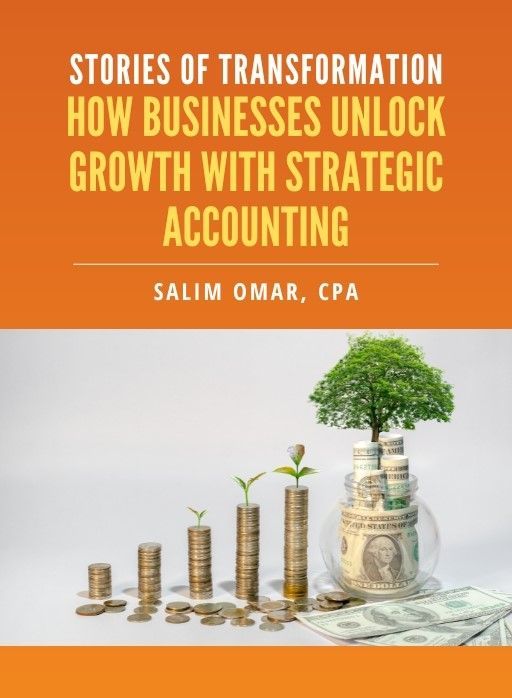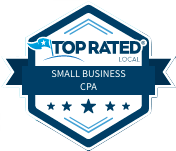Entity Optimization: How Choosing the Right Business Structure Saves You Money Every Year
For many entrepreneurs, choosing a business structure is just a box to check at startup. “LLC, S-Corp, C-Corp, Partnership—it’s all paperwork, right?” Not quite.
Your entity structure is one of the most powerful levers you have for reducing taxes, protecting assets, and supporting long-term growth. Yet most business owners never revisit the decision after forming their company. The result?
They leave tens of thousands of dollars on the table every year.
At Straight Talk CPAs, we call this the silent tax leak. Let’s look at why entity optimization matters, the differences between structures, real-world examples, and how
smart planning keeps more money in your pocket.
Why Entity Structure Matters
Your entity type determines:
- How much you pay in taxes (and on which income)
- How profits are distributed between owners and the business
- What protections you have against liability
- Which strategies you can use for retirement contributions, compensation, and deductions
A mismatched entity structure doesn’t just create inefficiency—it can stunt your growth.
Common Entity Types at a Glance
- LLC (Limited Liability Company)
Flexible, simple, but default taxation can lead to heavy self-employment taxes.
- S-Corporation
Allows you to split income between salary and distributions—often reducing overall tax liability. Popular for small businesses and professional services.
- C-Corporation
Standard for larger companies or those seeking outside investment. Double taxation (corporate and personal) is a factor but can offer long-term planning advantages.
- Partnership
Useful for multi-owner businesses but requires careful planning to avoid uneven tax burdens.
Each entity has its place. The problem isn’t the structure itself—it’s when a business outgrows the one it started with.
Real-World Examples of Entity Optimization
Case Study 1: From LLC to S-Corp
A marketing agency earning $600K annually was taxed as an LLC. All profits were subject to self-employment tax—an extra
$52K in taxes each year. By converting to an S-Corp and restructuring compensation, we reduced that burden while still keeping compliance rock-solid. That savings funded a new sales hire, which generated additional revenue growth.
Case Study 2: C-Corp for Scaling
A tech startup was preparing for outside investment. Their LLC status was creating headaches for potential investors. We transitioned them to a C-Corp, which not only simplified equity structure but also positioned them to leverage the
Qualified Small Business Stock (QSBS) exclusion—a powerful tax break for early shareholders when they eventually exit.
Case Study 3: Multi-Entity Optimization
A family-owned construction company expanded into real estate development. Operating both under one LLC exposed the entire business to risk. We separated them into multiple entities, creating tax efficiency while protecting assets. Result: streamlined accounting, reduced liability, and stronger long-term planning.
Signs Your Entity Structure May Be Wrong
- You’re paying a surprisingly high self-employment tax.
- Investors or lenders hesitate because of your structure.
- You’ve added new revenue streams (real estate, e-commerce, services) under the same umbrella.
- Your profits have grown significantly since you started, but your entity hasn’t changed.
- You’re planning an exit but haven’t structured for maximum tax efficiency.
If any of these sound familiar, it’s time for an entity check-up.
Straight Talk’s Approach to Entity Optimization
Most accountants only address entity structure when you form the business—or when you specifically ask. At Straight Talk CPAs, we bake entity review into our ongoing planning process.
- Proactive Reviews – We assess annually whether your structure still fits your size, goals, and tax exposure.
- Integrated Tax Strategy – We don’t just change the label—we align the structure with your tax planning, compensation, and retirement goals.
- Future-Focused – We consider not only your current needs but also where you’re headed: scaling, raising capital, or planning succession.
- Industry-Specific Expertise – SaaS scaling toward investors, real estate with depreciation benefits, family-owned service businesses—each requires a different playbook.
Entity optimization isn’t one-and-done. It’s a living strategy that adapts as your business evolves.
Quick Checklist: Do You Need an Entity Review?
- Have you grown revenue by 50%+ since you chose your entity?
- Do you have employees—or are you still running everything under one structure?
- Are you paying more than $20K in self-employment taxes annually?
- Are you planning to raise outside funding?
- Has your business added new services, assets, or revenue streams?
- Do you have succession, exit, or estate planning on the horizon?
If you answered
yes to even one, an entity review could put real dollars back in your business.
Conclusion: The Hidden Growth Lever
Too many business owners treat entity choice as paperwork. In reality, it’s one of the highest-leverage decisions you’ll ever make. The right structure saves taxes, protects assets, attracts investment, and lays the foundation for your next stage of growth.
At Straight Talk CPAs, we don’t just help you file taxes—we help you design a business structure that works for you, not against you.
👉 Ready for a check-up on your entity? Let’s talk.
Free eBook:
Stories of Transformation


Salim is a straight-talking CPA with 30+ years of entrepreneurial and accounting experience. His professional background includes experience as a former Chief Financial Officer and, for the last twenty-five years, as a serial 7-Figure entrepreneur.





